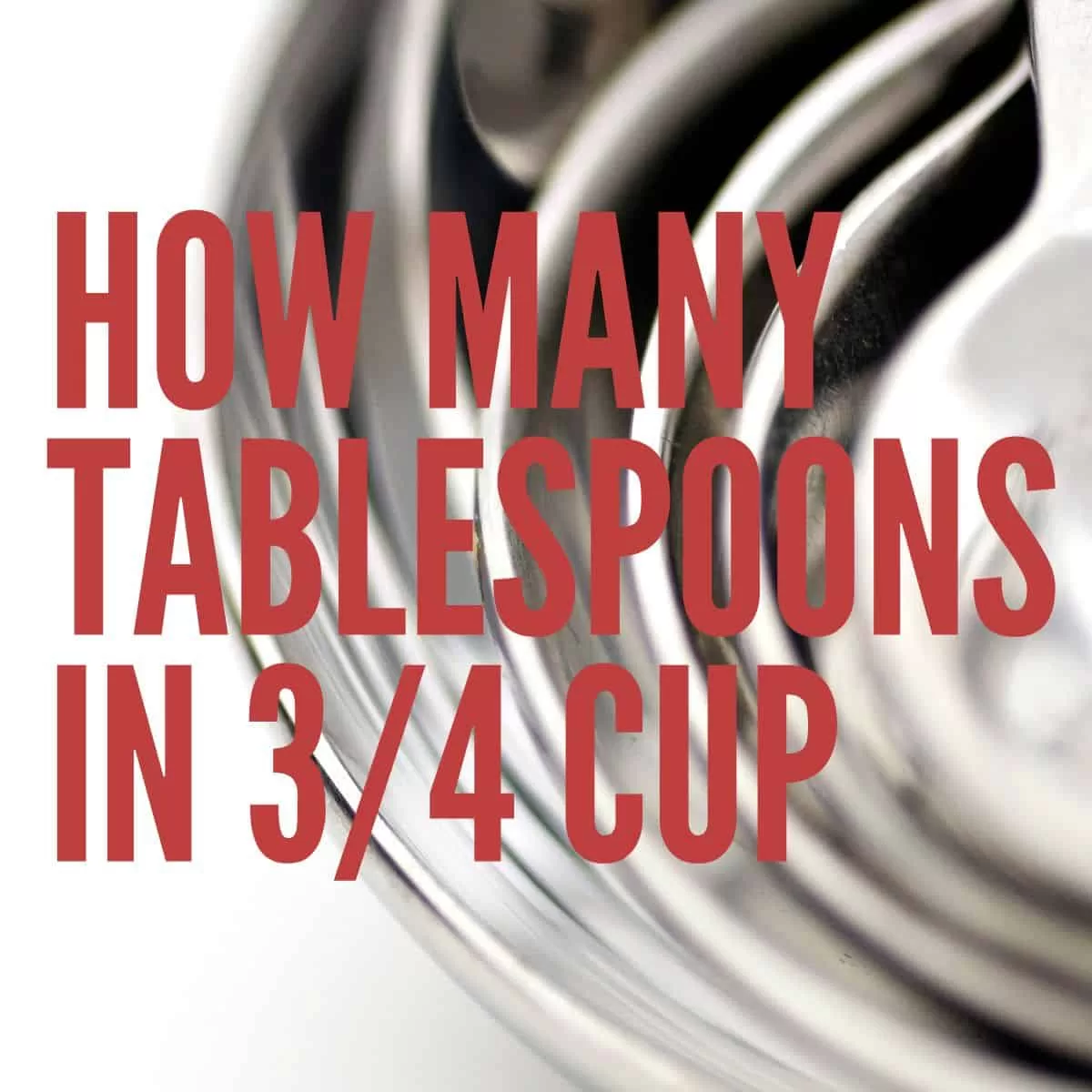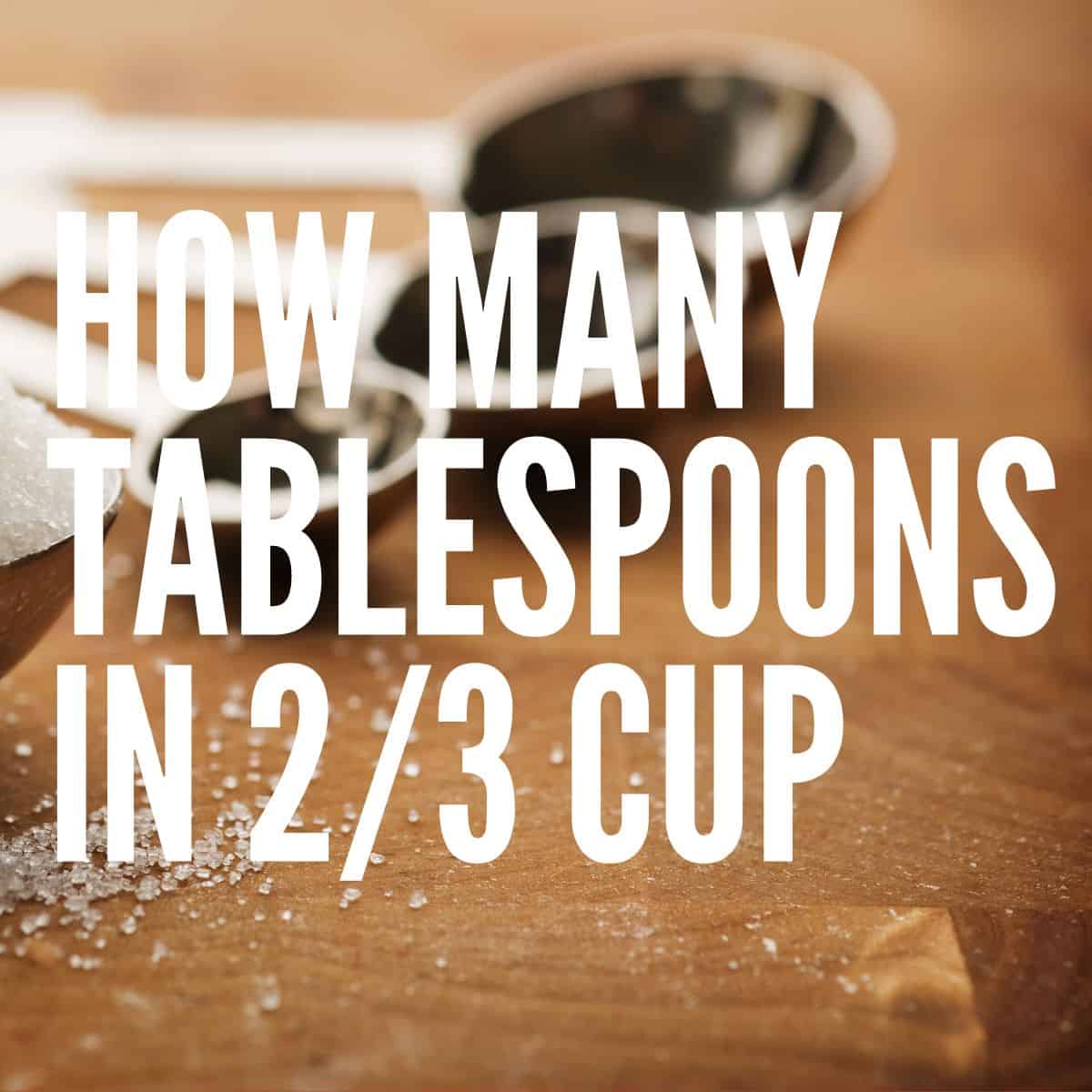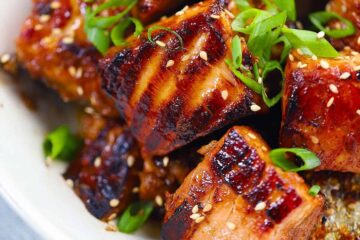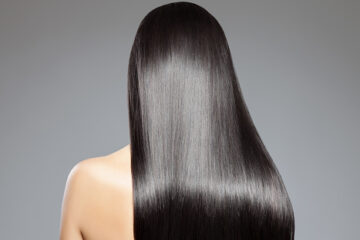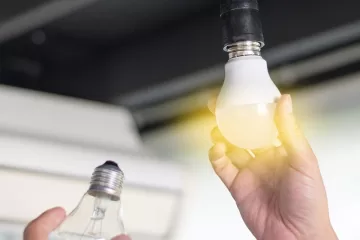If you’re following a recipe that calls for 1/8 cup of a particular ingredient, but you only have a tablespoon on hand, you might be wondering how many tablespoons you should use to substitute for the 1/8 cup. The answer is that there are two tablespoons in 1/8 cup.
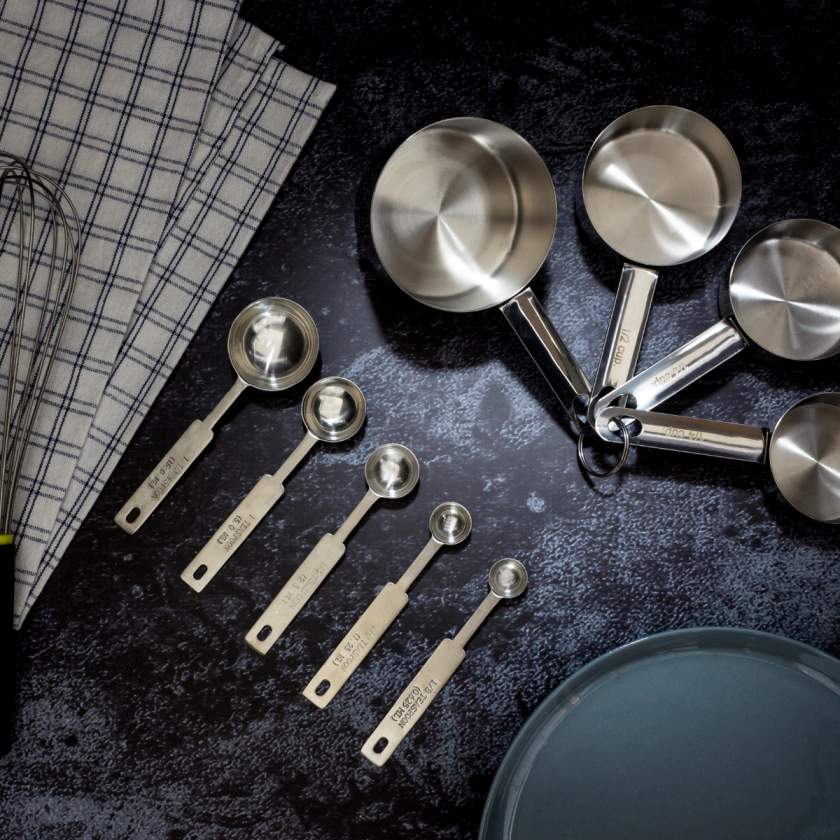
Understanding measurement conversions is an important skill in cooking and baking. While many recipes provide measurements in cups, tablespoons, and teaspoons, sometimes you need to convert between these measurements. In this case, you can use the following conversion factor: 1/8 cup = 2 tablespoons.
To understand why this conversion factor works, it’s helpful to know that there are 16 tablespoons in 1 cup. To find out how many tablespoons are in 1/8 cup, you can divide 16 by 8 (because 1/8 is half of 1/4, which is half of 1/2, which is half of 1). The result is 2, so there are 2 tablespoons in 1/8 cup.

It’s worth noting that measuring ingredients by weight is typically more accurate than measuring by volume. However, many home cooks and bakers don’t have access to a kitchen scale or may prefer to use measuring cups and spoons. In these cases, knowing measurement conversions can help you achieve the desired results in your recipes.
When measuring ingredients, it’s important to use the correct measuring tool. For example, you shouldn’t use a tablespoon to measure a cup of flour, as this can result in an incorrect measurement. Likewise, you shouldn’t use a liquid measuring cup to measure dry ingredients, as these cups are designed to measure liquids and may not provide accurate results for dry ingredients.
If you’re uncertain about how to measure an ingredient, consult a trusted cookbook or cooking resource for guidance. You can also find helpful tips and tutorials online from professional chefs and experienced home cooks.
In addition to measuring ingredients accurately, it’s important to follow recipe instructions carefully. Many recipes specify particular techniques or equipment that can affect the outcome of the dish. For example, some cake recipes may require you to cream butter and sugar together, while others may call for you to melt the butter. Following these instructions can help you achieve the desired texture and flavor in your baked goods.
It’s also worth noting that ingredient substitutions can affect the outcome of a recipe. While it’s often possible to substitute one ingredient for another, doing so can alter the flavor, texture, and appearance of the dish. If you’re uncertain about how to substitute an ingredient, consult a trusted cooking resource or try a small test batch before making a larger dish.
In conclusion, if you’re wondering how many tablespoons are in 1/8 cup, the answer is 2. Knowing measurement conversions is an important skill in cooking and baking, and can help you achieve the desired results in your recipes. When measuring ingredients, be sure to use the correct tool and follow recipe instructions carefully. With practice and experience, you can become a confident and skilled cook or baker.
Measuring ingredients accurately is especially important when baking, where precise measurements can make the difference between a successful and a failed recipe. While some recipes may provide measurements in grams or ounces, many home cooks and bakers rely on measuring cups and spoons.
When measuring dry ingredients like flour, sugar, or cocoa powder, it’s important to spoon the ingredient into the measuring cup and level it off with a straight edge, such as a knife or spatula. This helps ensure that the measurement is accurate and avoids packing too much of the ingredient into the cup. Measuring too much of a dry ingredient can result in a dense or dry final product, while measuring too little can affect the texture and flavor.
For liquid ingredients like milk, water, or oil, use a liquid measuring cup that has markings for ounces, milliliters, and cups. Be sure to place the measuring cup on a level surface and fill it to the appropriate line. Avoid holding the measuring cup in your hand or trying to eyeball the measurement, as this can result in an inaccurate measurement.
When measuring small amounts of ingredients like spices or extracts, use measuring spoons rather than trying to estimate the amount. Measuring spoons come in various sizes, from 1/4 teaspoon to 1 tablespoon, and are an essential tool for precise measurements.
Once you’ve measured all your ingredients, it’s important to mix them together properly. Most recipes will provide instructions for how to combine the ingredients, such as whisking dry ingredients together or creaming butter and sugar until light and fluffy. Mixing ingredients correctly can help ensure that the final product has the desired texture and flavor.
If you’re making a recipe for the first time, it can be helpful to read through the entire recipe before beginning. This can help you anticipate any challenges or potential problems, as well as give you a sense of the overall process. It’s also a good idea to gather all your ingredients and equipment before starting, so you’re not scrambling to find something halfway through the recipe.
In addition to measuring ingredients and following recipe instructions, it’s important to pay attention to baking times and temperatures. Ovens can vary widely in temperature, so it’s a good idea to invest in an oven thermometer to ensure that your oven is heating to the correct temperature. Baking times can also vary depending on the size and shape of your baking dish or pan, so it’s a good idea to check on your baked goods periodically and adjust the baking time as needed.
Finally, don’t be afraid to experiment and make changes to recipes to suit your tastes and preferences. Baking is a creative and rewarding process, and can be a great way to express your creativity and show your love for family and friends. With practice and patience, you can become a skilled and confident baker and create delicious treats that will delight and impress those around you.
In conclusion, knowing how many tablespoons are in 1/8 cup is just one part of the process of successful baking. Measuring ingredients accurately, following recipe instructions carefully, and paying attention to baking times and temperatures are all essential skills for achieving the desired results in your baked goods. With practice and experience, you can become a skilled and confident baker and create delicious treats that will be enjoyed by all.

